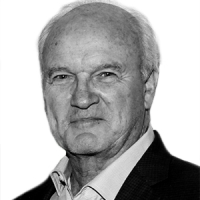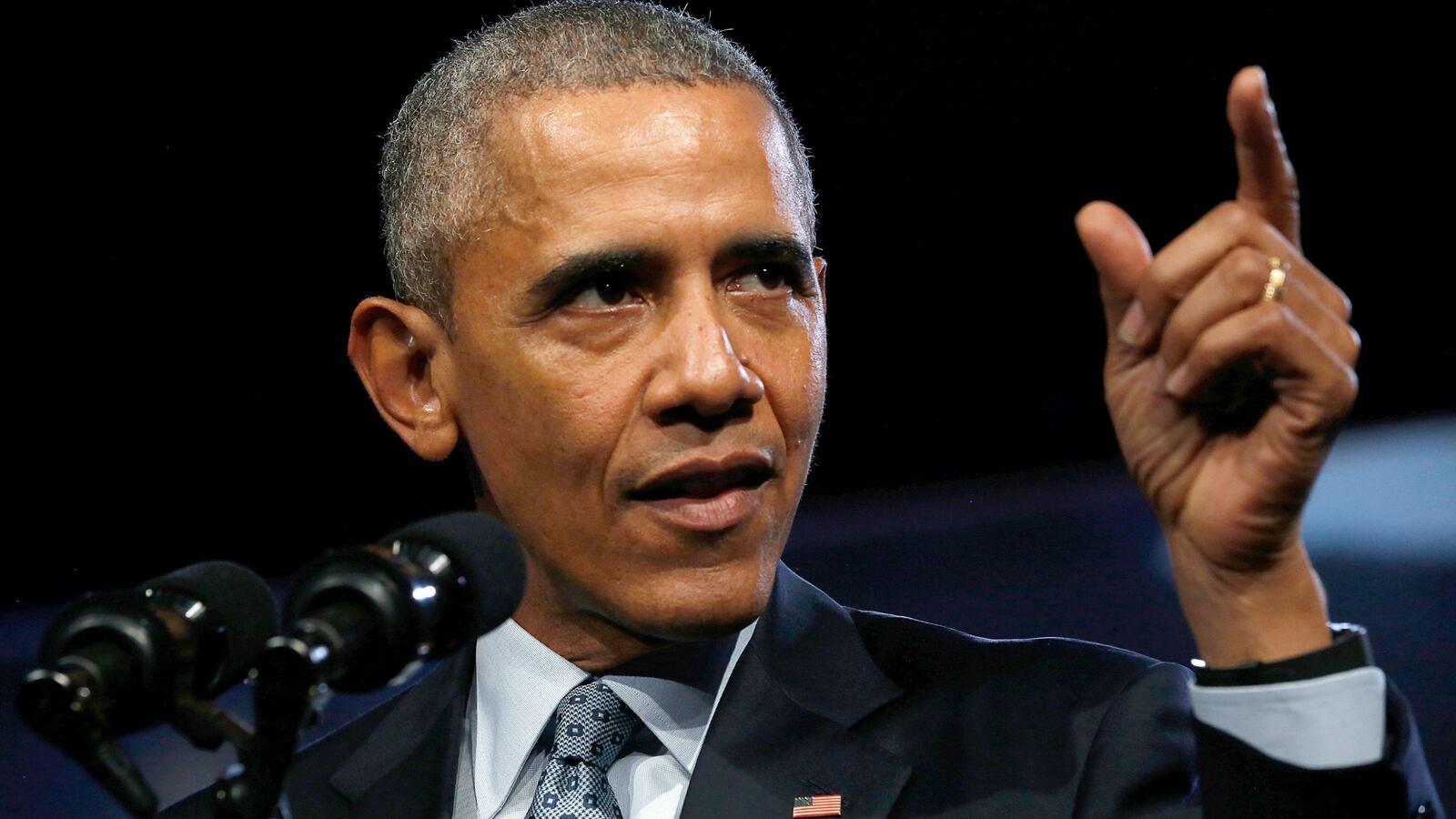History is like a nagging friend, a back-seat driver or a Monday morning quarterback always ready to tap you on the shoulder with an often annoying reminder of the obvious, of something startling that’s been forgotten in the dust of time passed. And fifty years isn’t exactly in yesterday’s rear view mirror.
I found myself thinking about something the other day that took place exactly 50 years ago. The ghost of that long gone time jumped off the page of the newspaper as I read about the Obama administration’s decision to announce publicly for the first time that a small unit, less than 50, of Special Operations troops would soon be on the ground inside Syria. They will be advising, working and fighting alongside one element or another of rebels combating both ISIS and Bashar al-Assad, the killer who leads what’s left of his broken state.
Fifty Novembers ago, the war in Vietnam totally changed in a place called the Ia Drang Valley. There, for the first time, the United States Army used tactics that brilliant minds like Robert McNamara felt would result in victory over the North Vietnamese.
We would use a combination of air power, fire power, air mobility and increasing numbers of American soldiers and Marines to force the North Vietnamese to negotiate an end to war. Our combat superiority would result in so many enemy casualties that they would sue for peace rather than suffer such massive losses.
So in the second week of November 1965 elements of the First Air Cavalry Division boarded helicopters and flew into the Ia Drang Valley to take on about 2,000 NVA soldiers. It was the first and perhaps only classic set-piece battle of our years in Vietnam: two tough, battle hardened armies going against each other on a single field of fire.
In December 1964, there were 23,000 Americans fighting in Vietnam. By December 1965 the number had jumped to 185,000. At the end of 1964, the war had claimed the lives of 216 Americans. One year later the casualty count was 1,928 Americans killed.
War and the cost of fighting one is and always has been a growth industry. Fifty years ago the appetite of politicians and the Pentagon was fed largely by the draft. Today less than 1 percent of our population puts their lives on the line, puts their families fate at risk, for the rest of us here at home.
Just as there are risks in letting failed states like Iraq and Syria collapse as well as equal, perhaps greater risk, in allowing the savage terrorists of ISIS to gain territory and advocates by doing too little there is also the risk of being drawn into a generational war that could consume us for another decade. And always—always—as you hear most politicians campaigning for president, a piece of any potential solution revolves around sending someone else’s son or daughter into combat.
But read former UPI reporter Joe Galloway’s memorable book, When We Were Soldiers Once…and Young about the battle of the Ia Drang. Next fall, watch Ken Burns’s epic documentary Vietnam, which will stun many Americans with the depth and duplicity of that tragic enterprise. Right now listen online to tapes of Lyndon Johnson talking to Sen. Richard Russell of Georgia on May 27, 1964–1964!—about the growing war he commanded.
“It’s the damn worse mess I ever saw,” Russell tells Johnson. “I don’t see how we ever gonna’ get out.”
“That’s the way I been feeling for six months, “ Johnson agrees.
“I’d get out,” Russell adds.
Johnson hung up the phone and three months later he and McNamara concocted the Gulf of Tonkin incident and pushed the United States Senate into a resolution giving the president power to fight North Vietnam. Eleven years later more than 50,000 Americans were dead. Today you can read their names on a wall in Washington.
God knows, figuring out the complexity, the alliances, the religious and tribal factions of the Middle East is well beyond my comprehension. Yet there is a growing feeling among many that we simply cannot kill our way to a solution.
And what is the greater probability? That inserting 50 superb and courageous Americans into Syria will reduce or eliminate the threat ISIS poses to the region or that the inevitable request will soon cross President Obama’s desk for 50 more? For a whole company? A division?
Two hundred and thirty-four men from the First Air Cavalry Division died 50 years ago in horrendous fighting in the Ia Drang valley. The phrase “body count” entered the Pentagon’s vocabulary as estimates of enemy dead were given as perhaps 2,000 North Vietnamese soldiers killed.
Fifty years. And history and memory and sadness and regret are all still with us, tapping us on the shoulder, hoping we’ll think things through now a whole lot better than we did a long time ago.





